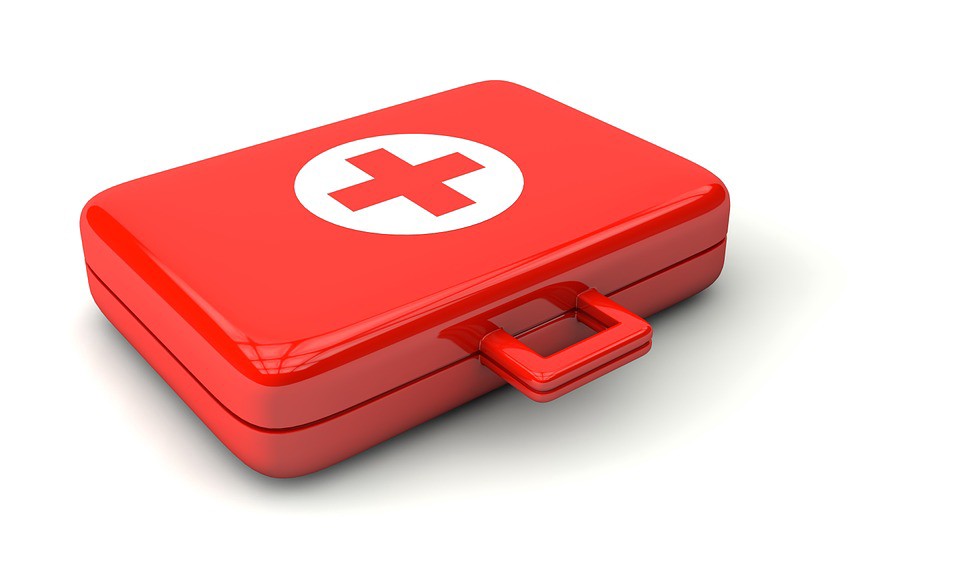
Learn how to get your household ready in the case of a disaster.

September is National Preparedness Month, the perfect time for people to get their household ready for an emergency. The American Red Cross New Jersey Region urges everyone to make sure they are prepared for a disaster and not wait until an emergency occurs.
“This is the time of year when hurricanes, floods and other large disasters can happen,” said Rosie Taravella, CEO, American Red Cross New Jersey Region. “You should take steps now to be ready if an emergency occurs. It’s critical that all members of your household are aware of the plans and know what to do.”
Be ready to evacuate: Whether the emergency is a hurricane or localized flooding, the situation may force you to leave your home. There are ten steps you can take now to be prepared if the emergency makes it unsafe to remain at home:
- Follow the instructions of officials and evacuate if told to do so.
- Leave early enough to avoid being trapped by severe weather.
- Remember you may have to get out on foot depending on the type of disaster. If you don’t have a car or can’t use your vehicle, plan on how you will leave the area.
- If you have a car, keep the gas tank full if an evacuation order is possible. Don’t let the tank go below half full in case gas stations are unable to pump gas.
- Decide where you would go and what route you would take to get there. This could be a motel, the home of a friend or relative a safe distance away, or an evacuation shelter. Download the free Red Cross Emergency App to find shelter information and weather and emergency alerts for more than 35 different situations.
- If you have time, let someone out of the region know you are evacuating and where you are going. Leave a note saying when you left and where you plan to go.
- Wear sturdy shoes and clothing that provides some protection.
- Be alert for road hazards such as downed trees, flooding, etc. Do not drive onto a flooded road.
- Practice evacuating your home twice a year. Grab your emergency kit and drive your planned evacuation route. Include an alternate route in a different direction in case one is impassible. Make sure you have locations and maps saved on devices such as cell phones and GPS units and on paper.
- Don’t forget your pets. If it’s not safe for you to stay home, it’s not safe for them either. Prepare a phone list of pet-friendly motels and animal shelters located along your evacuation route. Keep in mind only service animals are usually allowed in shelters.
Getting prepared is easier than it sounds. There are three basic steps:
- Get a kit: Pack the following items in an easy-to-carry container — a gallon of water per person per day, non-perishable food, flashlight and hand-crank or battery-powered radio, extra batteries, sanitation and personal hygiene items, copies of important papers, extra cash and any medical or baby supplies family members may need.
- Make a plan: Have all members of your household help devise your emergency plan. Consider what emergencies could happen where you live, what to do if you are separated and how will you let loved ones know you are safe.
- Be informed: Learn what disasters are common to your area. Find out how local authorities will let you know an emergency is happening. Make sure at least one household member is trained in first aid and CPR in case help is delayed during a disaster. You can also download the free Red Cross First Aid App at redcross.org/apps to have instant access on how to handle common first aid emergencies.









